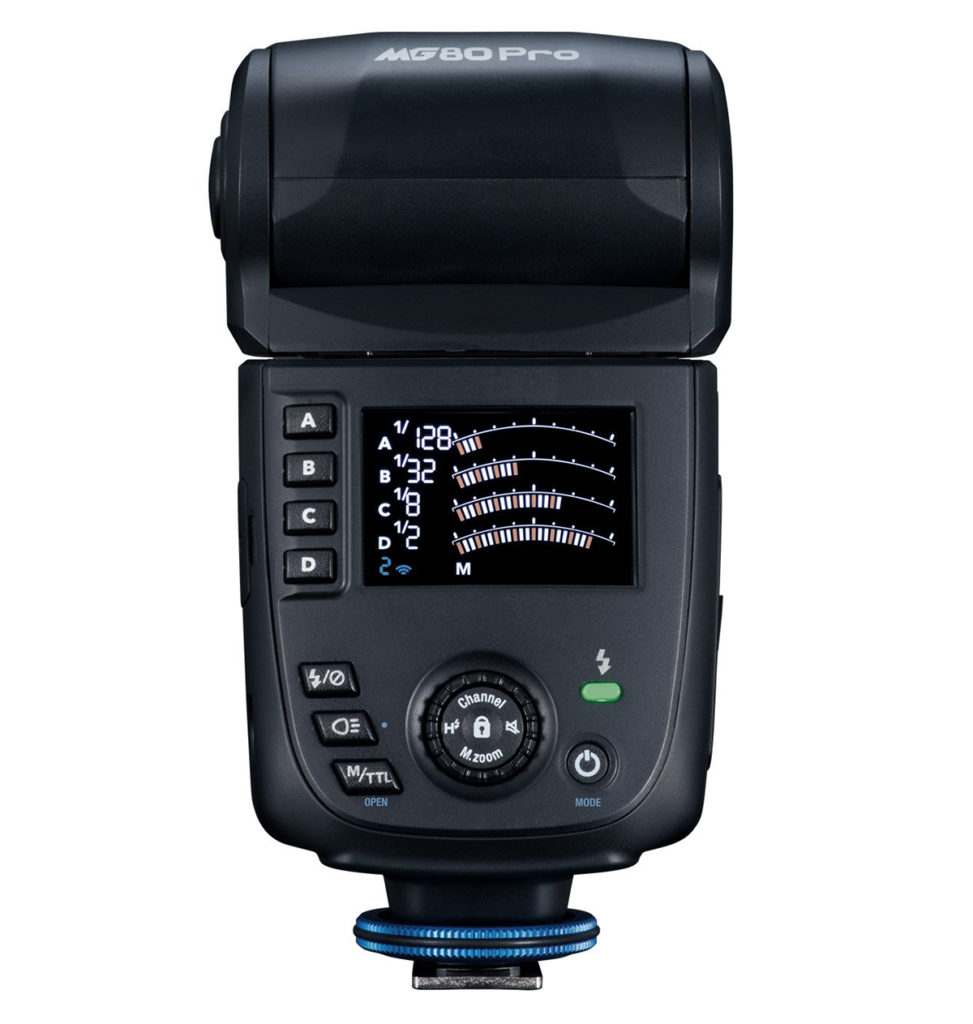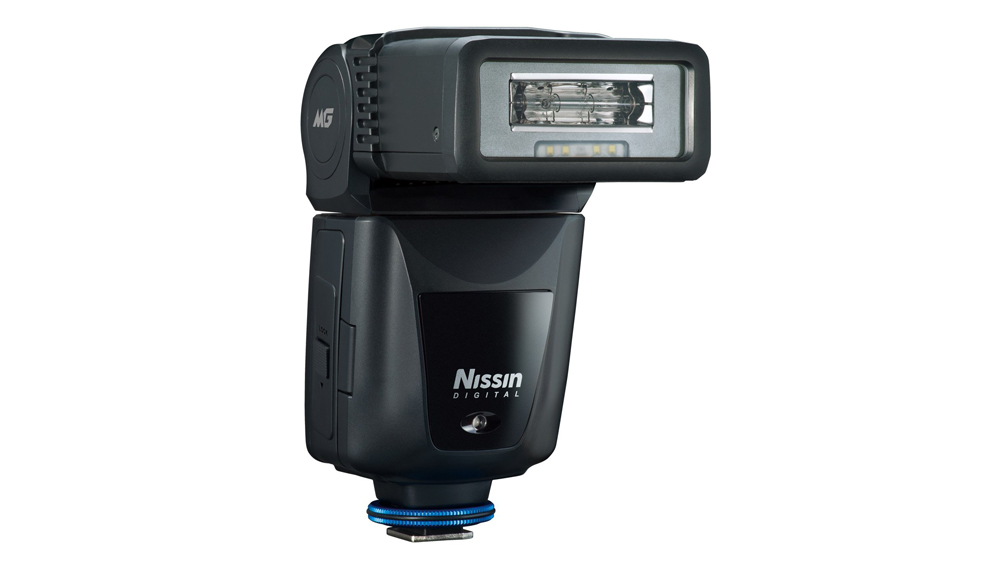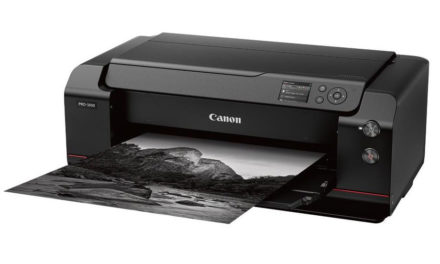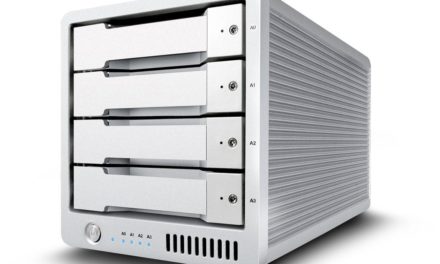Modeling Light and HSS Done Right
Review by Erik Vlietinck
The Nissin MG80 Pro is a flash with a guide number of 60 at 200mm. Unique about the MG80 Pro is that it can be powered by four 14500 Li-ion or four AA rechargeable batteries. I tried the Nissin with the 14500 cells, which deliver a recycling time of 1.2 sec.
The build quality of the Nissin MG80 is what you’d expect from a high-end product. The flash is robustly built and perfectly finished, with a ventilated head that enables it to maintain its highest speed over a good number of shots. Its color LCD interface is home to largely graphic but clear information. The battery door has an idiot-proof lock mechanism, and the mounting foot is all metal with a large blue locking ring for easy, quick fastening. The control knobs are easy to use, even with gloves on. The select dial is a bit too small for gloves-on operation but controls lesser-used features, such as high-speed sync (HSS), channel switching for the Nissin Air System (NAS), manual zooming, and the switch for the (loud) audible feedback. The flash comes with two exchangeable lenses.
The MG80 Pro offers TTL automatic flash exposure with +/- 2 EV compensation in 1/3 EV step intervals and a manual flash output mode, offering 1/256 to 1/1 control in 1/3 step intervals. My test unit was the Sony-compatible version, and the distributor was kind enough to send me the Air 10s Commander to test the NAS system. Unfortunately, the Air 10s isn’t compatible with my older A700, so I couldn’t test the NAS wireless radio control of multiple off-camera flashes, which promises eight channels, eight groups, and a maximum transmission distance of 100 meters. On Sony cameras, the MG80 Pro supports both ADI and PTTL. The flash offers first curtain and second curtain sync, red-eye reduction, HSS (up to 1/8000s at 1/32 to 1/1 output), and slow shutter sync. It zooms from 24–200mm. Other high-end features include continuous flash mode with up to 10 shots/sec, a really useful modeling light, advanced grouping capabilities, and TTL memory.

I was pleasantly surprised by the user-friendly interface. Many of the controls, however, hide more functionality than is shown. To operate those (many of which require you to hold a button for a number of seconds), you’ll have to consult the manual. The firmware of this flash can be updated using a Micro SD-card slot.
One of the advanced features of the MG80 Pro is its modeling light. When used in a NAS setup with other flashes, the modeling light of the whole group can be switched on. On the Nissin MG80 Pro, it’s a constant LED light you turn on for as long as you wish with a simple button. In comparison, on my Metz Mecablitz 64 AF-1 digital flash, you have to select this optional feature in the menu, and it makes the flash strobe quickly for about 5 seconds.
Another advanced feature is the HSS functionality. I consider it advanced because Nissin has made it a simple operation; and it actually works well, unlike on some other flashes. The MG80 Pro’s implementation means that not only can you freeze action, but you can also shoot an interior without the need to create a HDR image in post to show what’s outside the window. Of course, you buy a flash for its basic quality, and my test unit created beautifully even results at every output level. If there’s anything that didn’t fully live up to the specs, it was the Li-ion recycling time: That was spot-on for about 8 shots instead of the promised 10. ■






